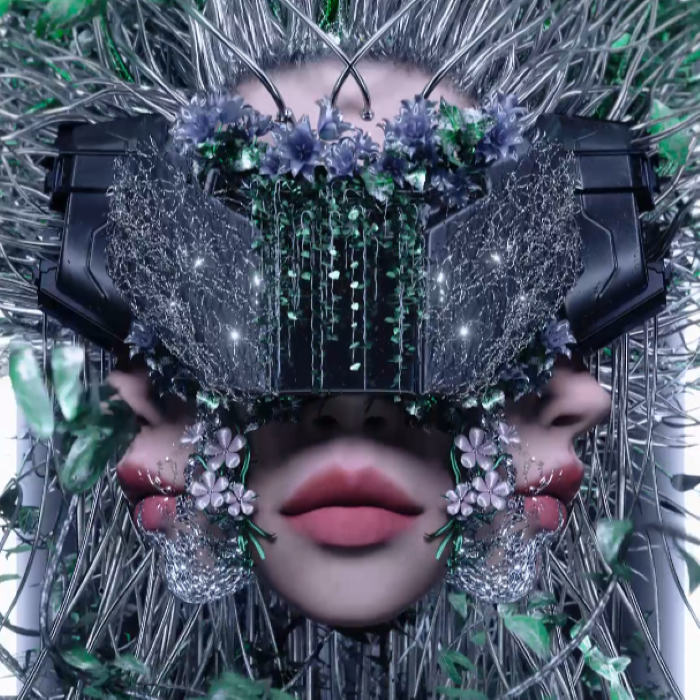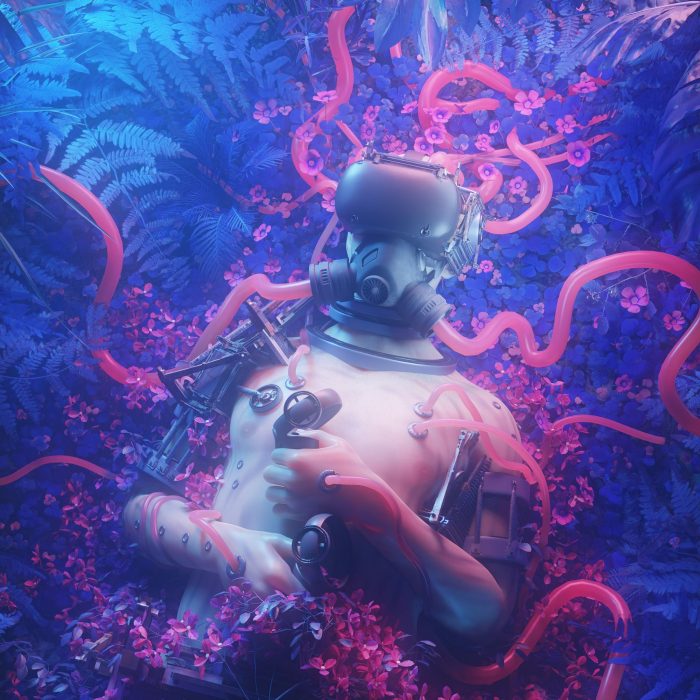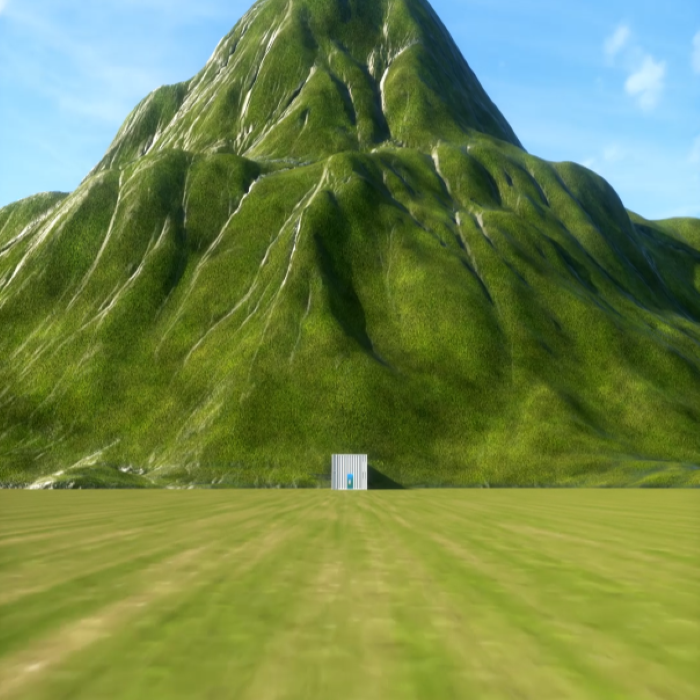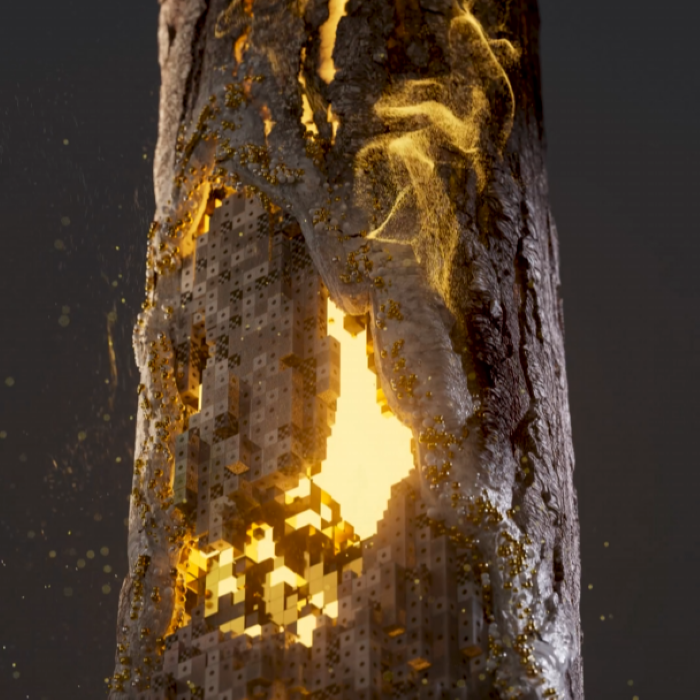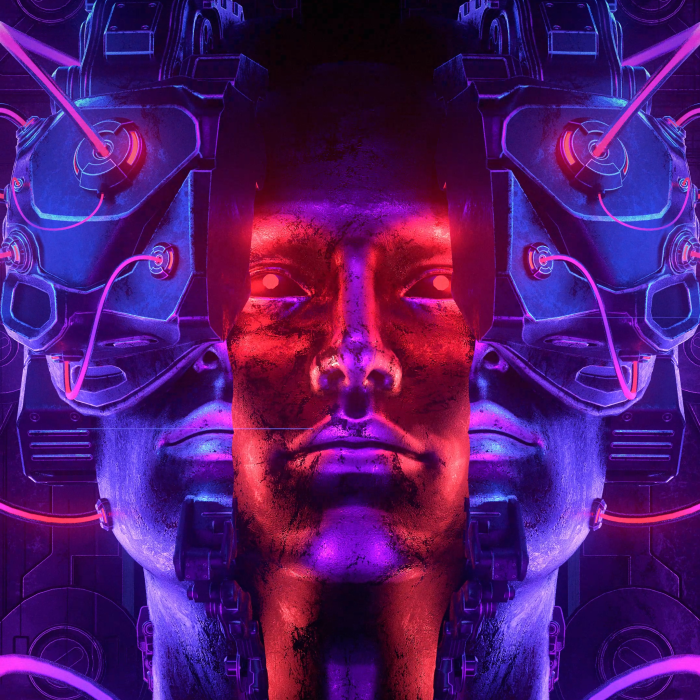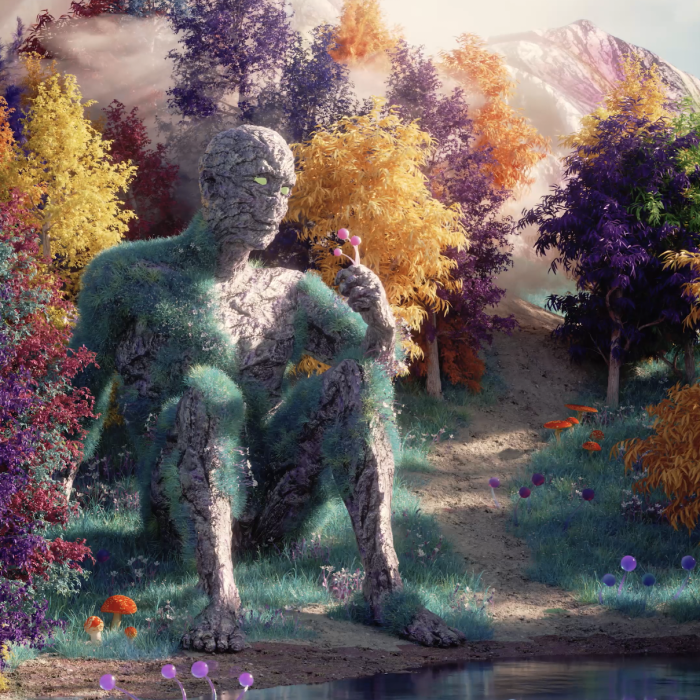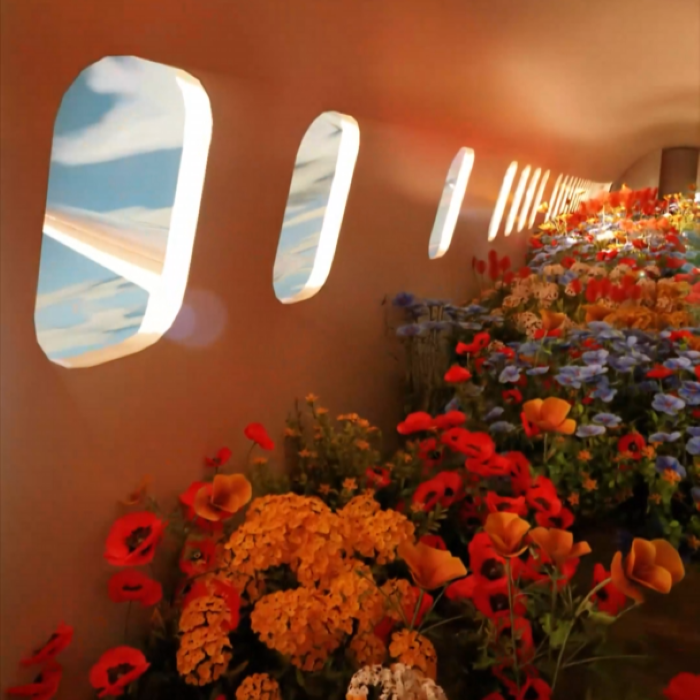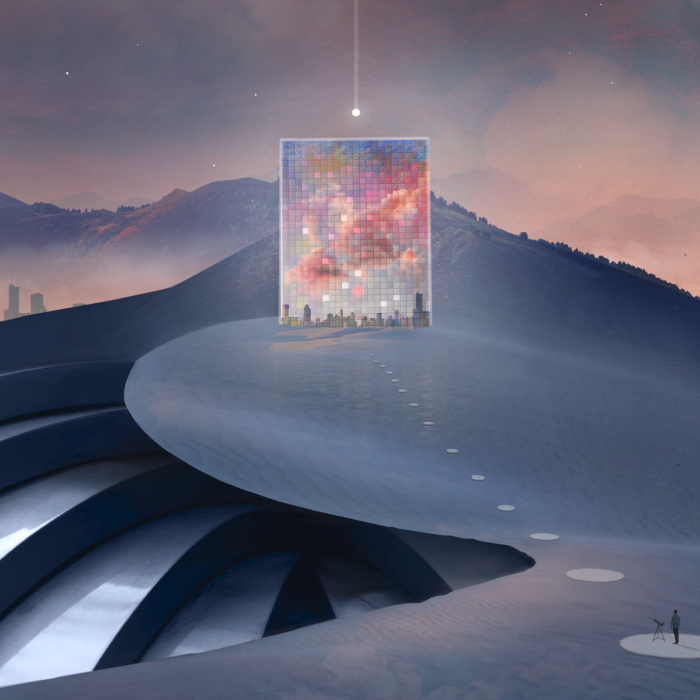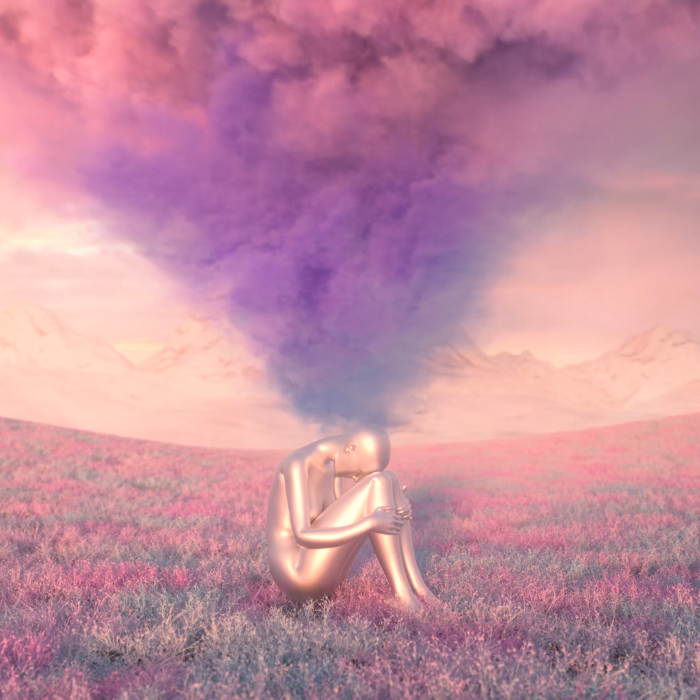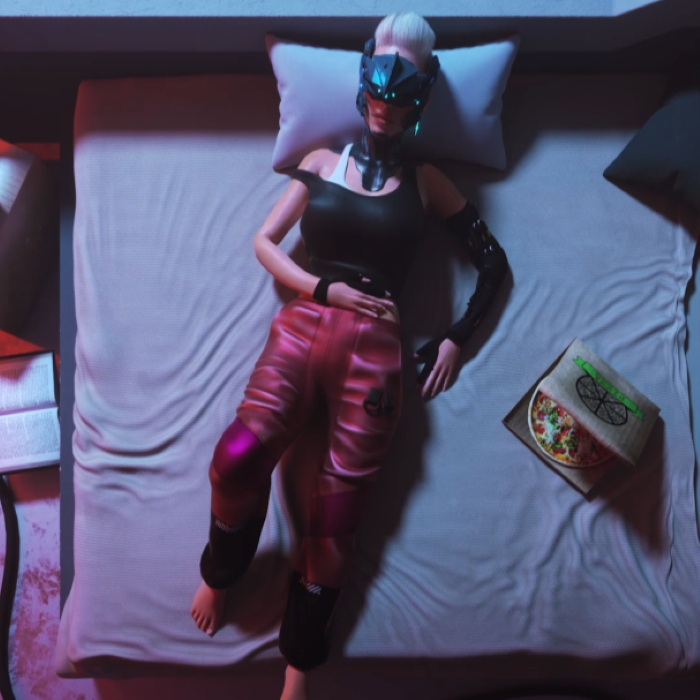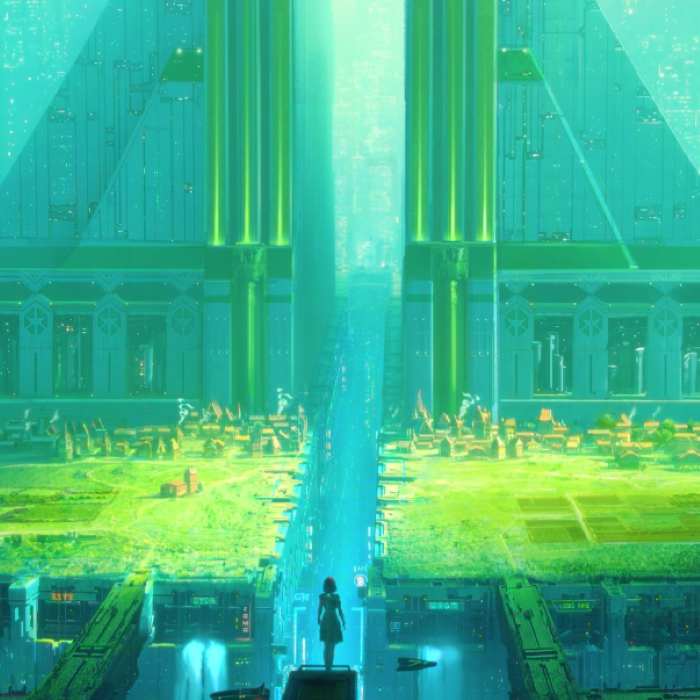February 24, 2022  April 24, 2022
April 24, 2022
An exhibit to explore
environmental preservation in the digital age.
Editorial
“Look at the power of time and human intelligence, few years ago we feared we could not live well in the natural world, now we are going to live in the virtual world very soon”
 Anuj Jasani
Anuj Jasani
Read More
Canada’s first crypto art gallery is proud to present MetaVRse, its 4th exhibition. Starting February 24th until April 24th, this exhibit will be presented at our gallery in Montreal, located on the historical site of New City Gas, as well as virtually on Spatial.io. Pursuing our mission to enable the promotion and diffusion of crypto art, this exhibit showcases a group of renowned international digital artists including Beryl Bilici, Brellias, Brendan North, Carlos Marcial, Dannh, Fesq, James Tralie, Jos, Michelle von Kalben, Oz, Raja Nandepu, and Stillman Visuals.
Canada’s first crypto art gallery is proud to present MetaVRse, its 4th exhibition. Starting February 24th until April 24th, this exhibit will be presented at our gallery in Montreal, located on the historical site of New City Gas, as well as virtually on Spatial.io. Pursuing our mission to enable the promotion and diffusion of crypto art, this exhibit showcases a group of renowned international digital artists including Beryl Bilici, Brellias, Brendan North, Carlos Marcial, Dannh, Fesq, James Tralie, Jos, Michelle von Kalben, Oz, Raja Nandepu, and Stillman Visuals.
The word “Metaverse” is now on everyone’s lips. Some even define it as the future. But what is it, really? The Metaverse is not a place, or a thing, or a specific technology. In reality, it simply refers to a way we can interact with technology. It’s also hard to define, since it’s currently being built. The term first appeared in a 1992 science fiction novel named “Snow Crash'' by Neal Stephenson, who seemingly predicted the emergence of a virtual reality world becoming the next frontier of the Internet. Thirty years later, the Metaverse appears to be the next step of a defining shift in our reality. But how will this reality shift affect the environment? Our newest exhibit, MetaVRrse, aims to understand and question if trends in the digital world will reduce or increase our ecological footprint. While no one really has the answer to this question yet, we have asked 12 renowned international crypto artists to share their vision with us.
Our lives are already transitioning at full speed towards the digital world. When jobs, events, activities and entertainment fully take virtual forms, what will that entail for the environment? As we spend more time in the Metaverse, we may also attribute more value to our digital appearance than to our physical one. In the online game platform Roblox, the digital iteration of a Dior bag sold for more than its physical counterpart. The fashion industry is one of the major polluters, emitting 10% of humanity’s carbon emissions. Polluting water sources, 85% of all textiles go to the dump each year (UNECE).
As well, virtual reality headsets could serve as a powerful tool in the way we learn, play and work. The hardware’s increasing volume constitutes potential ecologically harmful materials. In a theoretical future in which these headsets become popular everyday tech items; this represents a huge amount of manufacturing and waste. It is to be mentioned that its longevity is an important factor. The good news is that virtual reality is rising at a time when we are already aware of these environmental concerns and have the tools to address them.
In the end, it remains that transitioning to a life in the Metaverse may not guarantee the reversion of our current carbon footprint. Is this idea conceivable, or is it just an utopian theory? This exhibition reflects our mission to continuously empower artists to create the digital experiences of the future and to express change itself. Digital art and digital technology allow us to reflect and imagine solutions when drastic changes are required.
Directing Quote: “Global inaction on the greatest threat humanity faces - climate change - stems in part, from our disconnection with our natural environment. The belief that we are somehow separate to, and apart from, nature, has become an urgent existential issue. Given the stakes, any effort that can help create meaningful connections between people and their environment, feels not only commendable, but critical. Perhaps the best way of beginning to develop an awareness of how we might address these crucial existential challenges is to show us that we are within, and not outside of the universe.” - Honor Harger, Executive director of the ArtScience Museum in Singapore.
Catalogue
